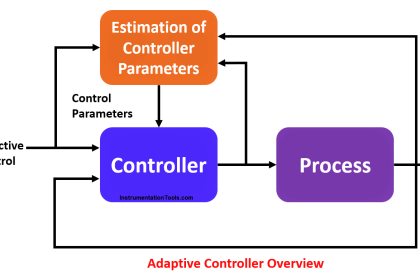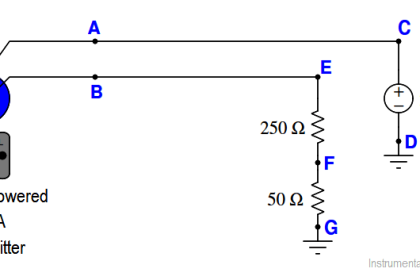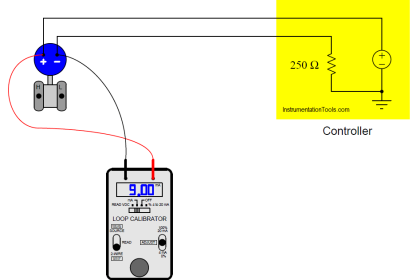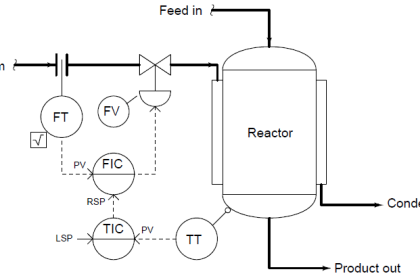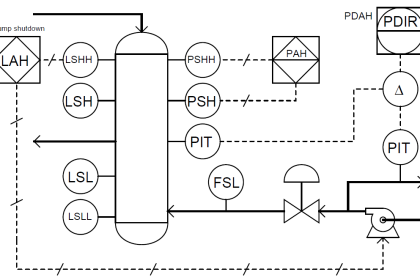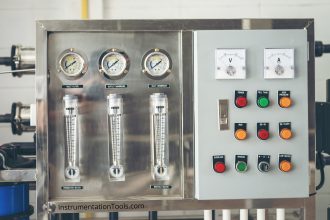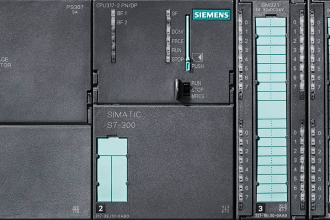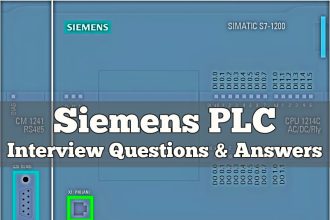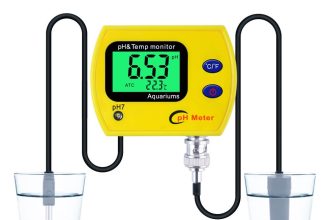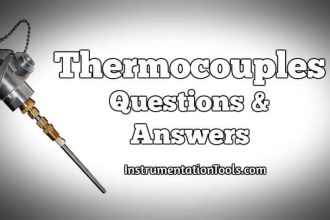AHU stands for an air handling unit. AHU is a very important application in handling air flow and maintaining temperature, humidity, and differential pressure. This is because proper air is a must for human survival.
AHU is thus controlled mostly nowadays by industrial automation. Because automation is involved, various techniques have been adapted in a single AHU to run it efficiently.
Control Modes of Air Handling Unit
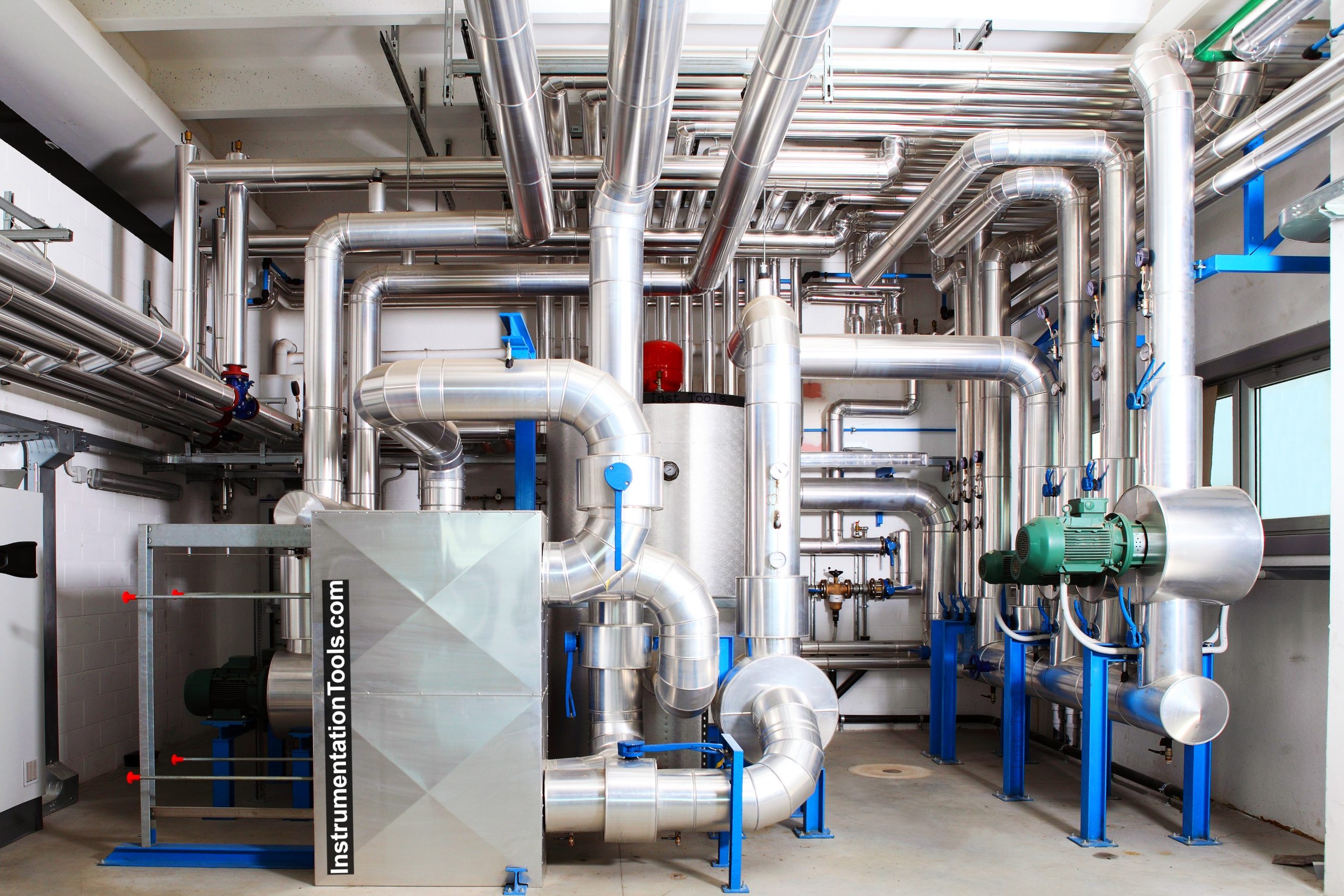
A single strategy for running AHU cannot prove worthwhile, because you can overall control the efficiency of HVAC by various control modes. So, there are many control strategies used in an AHU, depending upon the application.
Different types of controls can reduce power consumption, improve the comfort of occupants by means of scheduled operation and also handle alarms more properly.
In this article, we will learn the general types of control modes used in an air handling unit (AHU).
Night Cycle Mode
AHU cools down the temperature during daytime or simply, when occupants are present in a room during working hours. But, during night time, when fewer or no occupants are present, then there is no use to run the Air Handling Unit at full efficiency.
For this, a mode called night mode is programmed in PLC. When night mode is enabled either by a manual switch or automatically (PLC will read current time), then the blower will run at a lesser speed; and the temperature set-point will be increased.
This will make the cooling elements like compressors and chillers run at a lesser frequency. Ultimately, your energy consumption will reduce due to this strategy.
Occupied Operation Mode
This is the normal running mode of AHU. As discussed earlier, this mode is used during normal working hours with a proper number of occupants.
The blower is run at a nominal speed and the cooling elements run at a normal temperature to maintain temperature and humidity.
Extended Operation Mode
When the number of occupants rises, with the additional requirement of cooling, then this mode is activated either manually or automatically.
Temperature set-points will reduce further and blowers will run at faster speeds. This will make the AHU run more with more power consumption.
AHU Off Delay Mode
Sometimes it is required to turn off the AHU after a delay. This requirement mostly comes in the case of the usage of heaters or humidifiers. If you turn off the AHU along with them, then there are chances of the heater still being hot or moist air still present due to lack of movement of air.
So, in this mode, the heaters or humidifiers are turned off immediately, but the AHU is kept running for some time. This cools down heating coils or removes moist air.
Fire Mode
When the fire is sensed in the system, then the AHU will turn off immediately with all the respective heating and cooling elements.
This enables fire mode in the PLC and during this, fire dampers will remain open fully. When the system goes back to the normal state, then fire dampers will get closed once again.
Constant DAT (discharge air temperature) Control
In constant mode, the discharge air temperature is tried to be kept at a constant value by use of PID. PID will operate on a single set-point and this PID will be controlled by the discharge air temperature.
Sequential Control of Output Signals
Suppose there are multiple actuators connected in series. Then, this mode is used to control these outputs. One actuator is controlled until the end of its available range before the next actuator is used.
The PID control is divided over multiple actuators. The user can define the order and percentage of the PID control signal for each actuator. This similar control can be used for multiple fans, heaters, dampers, and coolers.
Compulsory Damper Monitoring Mode
This mode makes sure that dampers are opened or closed before starting or stopping the AHU, or the modulating type dampers are run for a certain time to then make AHU functional.
This requires limit switch inputs from dampers. Damper control makes AHU safer to operate because then there will be no issue of clogged air or air not passing through ducts, or even fire not spreading in the room.
These are the general modes used everywhere in AHU systems. You can customize the program in a PLC according to your requirements, for modulating the various heating and cooling elements accordingly. In this way, we saw the different control modes of AHU.
Read Next:
- Types of HVAC Chillers
- HVAC Heat Transfer Loops
- Automation used in HVAC
- HVAC Objective Questions
- Valves in HVAC System
